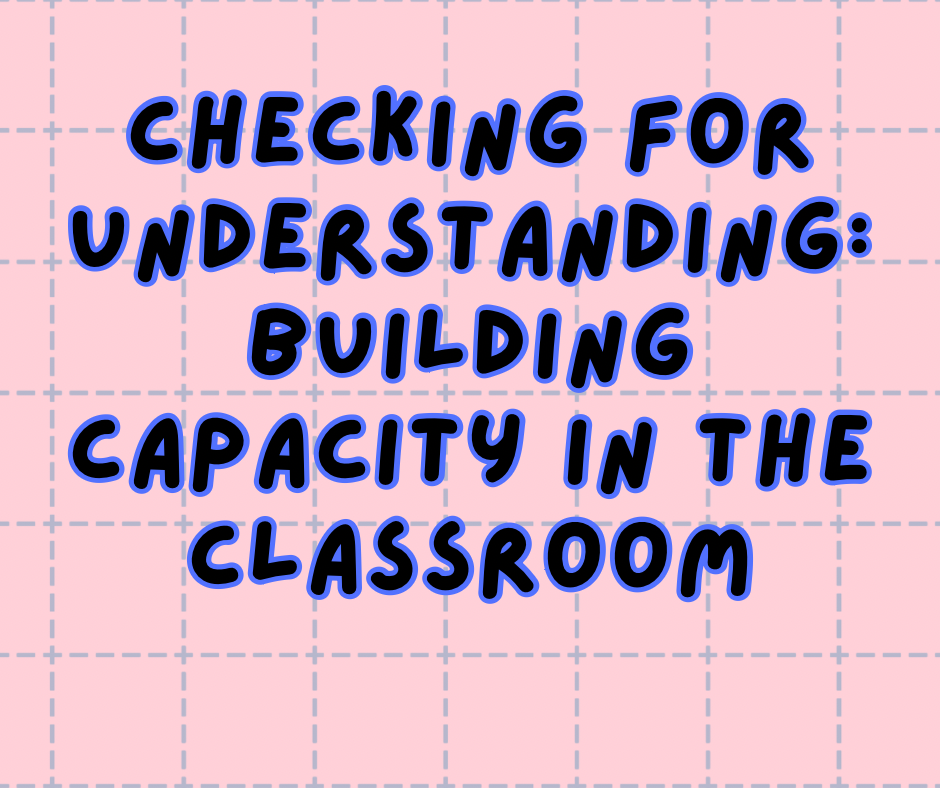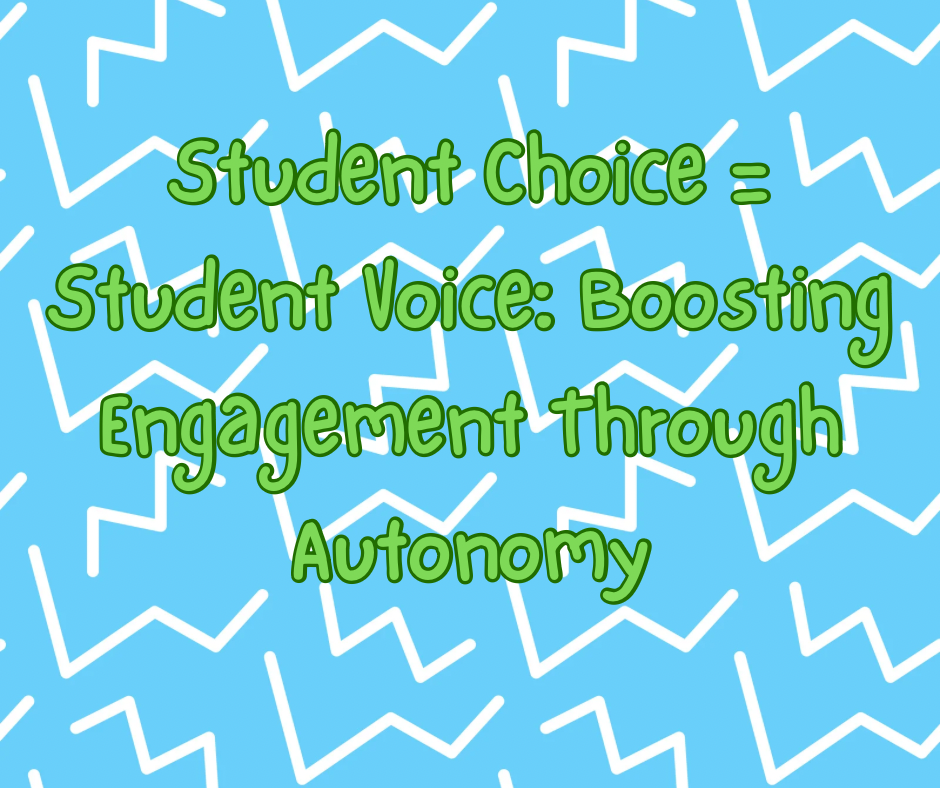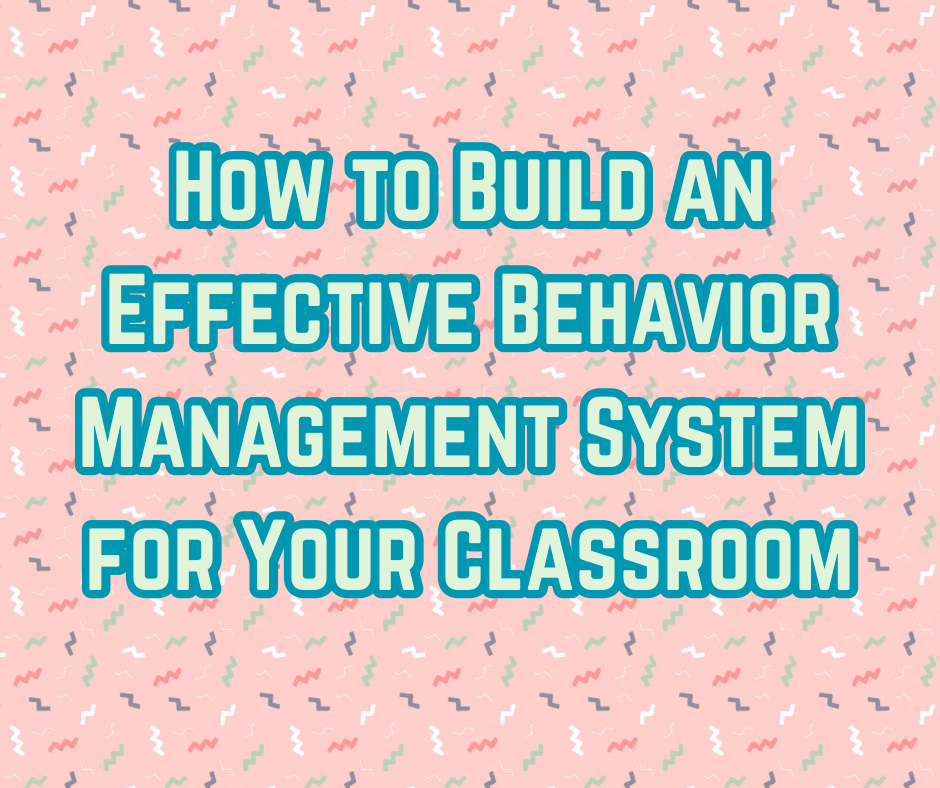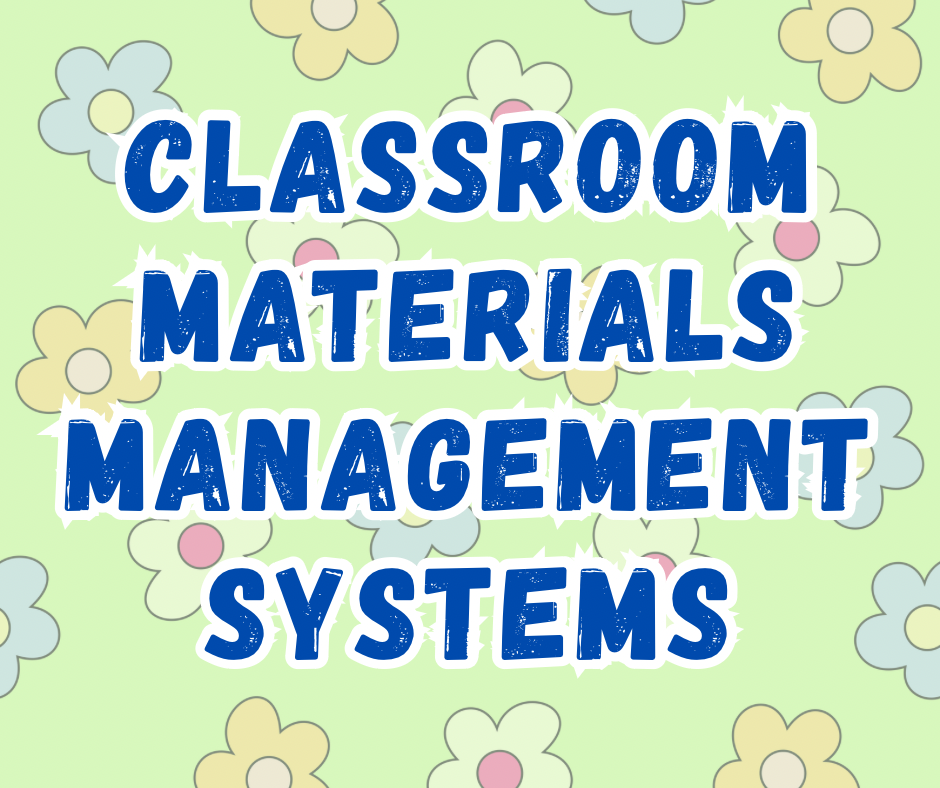
Checking for Understanding: Building Capacity in the Classroom
Checking for understanding isn’t just about quizzes. It’s about building student capacity. Quick checks, exit tickets, and bell work don’t just give teachers data, they help students reflect, self-monitor, and take ownership of their learning.

Student Choice = Student Voice: Boosting Engagement Through Autonomy

Culture Over Control: Creating Systems That Build a Positive Classroom Culture
Your classroom culture sets the tone for everything, from behavior to engagement to how students treat each other. A strong culture doesn’t happen by accident. It’s built through systems that teach, reinforce, and celebrate the values you want your students to embody.

Stronger Together: Building Communication & Family Engagement Systems That Work

Structure Over Stress: Building a Student Behavior Management System That Works

No More Supply Struggles: Building a Classroom Materials Management System That Works
Let’s be real, nothing interrupts the flow of a lesson like,
“I don’t have a pencil!”
“Where’s the glue?”
“I lost my notebook!”
You’re not a supply closet. You’re a teacher. And to teach well, you need systems, not chaos.
Here’s how to build a materials management system that’s efficient, clear, and age-appropriate.

Never Hear “I Forgot My Homework” Again: Building an Assignment Tracking System That Works
Managing assignments isn’t just about turning things in on time, it’s about teaching students how to manage responsibility, time, and their own learning process. But the way you structure assignment tracking depends heavily on your grade level.
